Why Cheap Bedding is Costing You More – Save Livestock, Save Profits
Introduction to the Hidden Costs of Cheap Bedding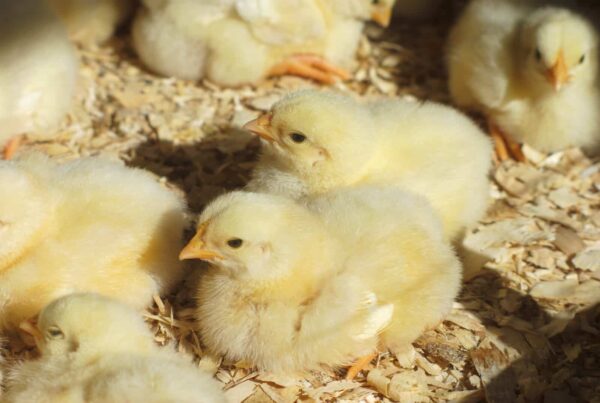
Choosing cheap bedding like straw or low-quality sawdust may seem like a cost-saving decision for livestock farmers, but it often leads to higher expenses through increased disease rates, veterinary bills, and productivity losses. Wet or soiled bedding fosters pathogens such as Escherichia coli and Fusobacterium necrophorum, driving diseases like mastitis, hoof rot, and coccidiosis that cause 5–10% livestock mortality and reduce productivity by 15–20%, as per the MSD Veterinary Manual.
Quality bedding, such as kiln-dried wood pellets, maintains a dry, hygienic environment, significantly reducing these risks. At just $0.10 per day per animal, quality bedding can save $3–$5 in losses per head, offering a strong return on investment (ROI). This post uses a chart to compare the costs of cheap bedding versus veterinary bills, demonstrating how wood pellets protect livestock and boost farm profitability.
The Financial Toll of Cheap Bedding
Cheap bedding options, such as straw ($50–$100 per ton) or low-quality sawdust ($80–$150 per ton), require frequent replacement due to poor absorbency, costing $1,200–$3,600 annually for a 100-animal operation. These materials retain moisture and manure, creating conditions where pathogens thrive, with bacterial loads reaching 10^6 CFU/g, according to the MSD Veterinary Manual. This leads to diseases like mastitis in dairy cows ($200–$300 per case), hoof rot in calves ($100–$300 per case), and coccidiosis in poultry ($5,000–$15,000 per 1,000-bird outbreak). The resulting veterinary bills, culling costs ($500–$2,000 per animal), and productivity losses far exceed the initial savings of cheap bedding, making it a costly choice for farmers.
Health and Mortality Risks from Poor and Cheap Bedding
Wet, soiled bedding significantly increases livestock mortality by fostering diseases. Mastitis, driven by E. coli and Streptococcus uberis in damp litter, results in 5–10% mortality in severe cases due to sepsis, as noted by the MSD Veterinary Manual. Hoof rot, caused by Fusobacterium necrophorum, leads to 5–15% mortality or culling in calves, while coccidiosis in poultry, fueled by Eimeria oocysts, causes 20–30% flock mortality during outbreaks.
Subclinical infections further reduce milk yield by 2.5% per 100,000 somatic cell count (SCC) increase above 200,000 and cut growth rates by 10–20% in meat animals. These health issues, exacerbated by poor bedding, contribute to 5–10% annual livestock losses, necessitating costly interventions.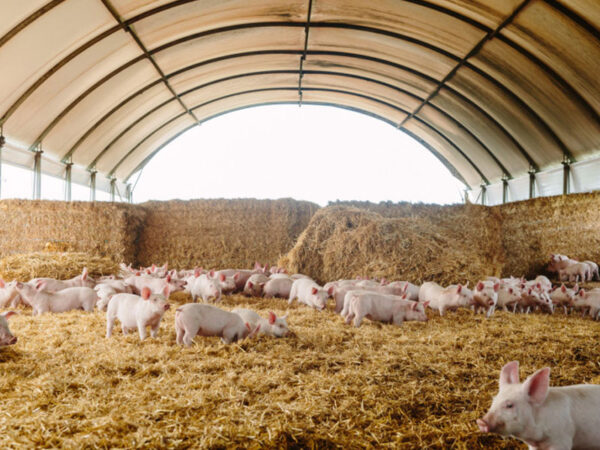
Economic Impact of Disease from Cheap Bedding
The economic consequences of cheap bedding are substantial. For a 100-cow dairy herd, mastitis costs $6,000–$9,000 annually, including $2,000–$3,000 in treatments and $4,000–$6,000 in yield losses, per LLM Farm Vets. A 100-calf operation faces $2,000–$9,000 in hoof rot costs, while a 1,000-bird poultry flock loses $5,000–$15,000 per coccidiosis outbreak, with $4,000–$9,000 from mortality alone, as per the MSD Veterinary Manual.
Culling costs ($500–$2,000 per animal) and labor for frequent bedding changes ($50–$100 weekly) add to expenses. Total losses from cheap bedding can reach $10,000–$20,000 annually for a 100-animal operation, with veterinary bills accounting for $2,000–$5,000.
Watch this: https://www.youtube.com/watch?v=7r0RK5fuA9A
How Cheap Bedding Fuels Disease
Wet bedding sustains moisture levels of 30–50%, creating an ideal environment for pathogens like E. coli, Fusobacterium necrophorum, and Eimeria oocysts, increasing disease incidence by 20–30%. Ammonia from decomposing manure irritates skin, udders, and respiratory tissues, facilitating infections like mastitis, hoof rot, and respiratory diseases.
The MSD Veterinary Manual notes that wet litter also attracts flies, spreading secondary infections like flystrike, which can be fatal in 10–20% of cases. This cycle of contamination drives higher veterinary bills, reduced productivity, and increased mortality, undermining farm profitability and sustainability.
The ROI of Kiln-Dried Wood Pellets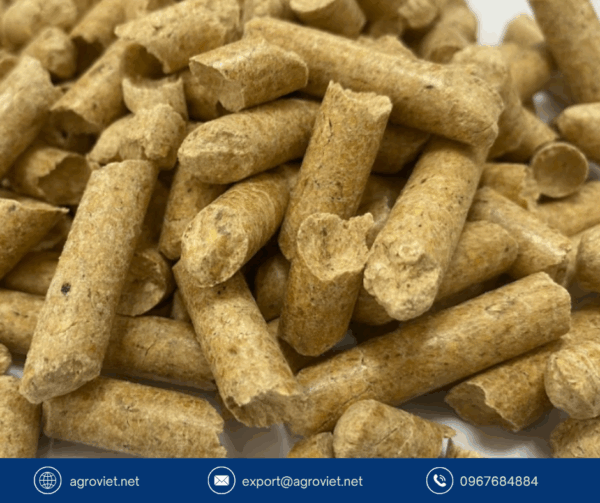
Kiln-dried wood pellets offer a compelling ROI by reducing disease incidence and saving $3–$5 per animal in losses for just $0.10 per day in bedding costs. A 1-ton pallet ($220) lasts 2–3 months for a 10-animal pen, costing $880–$1,320 annually for a 100-animal operation, or $0.10–$0.15 per head daily. Straw, requiring replacement every 1–2 weeks, costs $1,200–$3,600 annually. Wood pellets absorb up to 400% of their weight, keeping litter moisture below 20% and reducing pathogen survival by 20–30%.
This lowers mastitis incidence by 20–30% (saving $2,000–$3,000), hoof rot by 20–30% (saving $600–$1,800), and coccidiosis by 20–30% (saving $1,000–$3,000), yielding an ROI of 450–900%, as supported by the University of Maine Cooperative Extension.
Promoting Livestock Health with Wood Pellets
Kiln-dried wood pellets create a dry, hygienic environment that prevents disease and enhances livestock health across species. Their high absorbency minimizes moisture, inhibiting pathogens like E. coli and Eimeria. Heat treatment reduces initial microbial loads, lowering infection risks. Spread as a 1–2 inch layer and wetted to expand into 4–6 inches, wood pellets provide a comfortable surface that supports udder and hoof health, reducing stress and boosting immunity.
The MSD Veterinary Manual confirms that dry bedding lowers disease rates to 10–15 cases per 100 animals, compared to 20–30 cases with wet litter, saving up to 25% more animals from mortality and improving yields by 8–12%.
Cost-Benefit Analysis
For a 100-animal operation (cows, calves, or poultry), cheap bedding leads to $10,000–$20,000 in annual losses, including $2,000–$5,000 in veterinary bills, $2,000–$5,000 in mortality (5–10%), and $4,000–$10,000 in productivity losses. Wood pellets, costing $880–$1,320 annually ($0.10–$0.15 per head daily), reduce disease incidence by 20–30%, saving $1,400–$3,500 in veterinary bills, $1,000–$3,000 in mortality, and $2,800–$7,000 in productivity losses. Total savings range from $5,200–$13,500 per year, with each $0.10 daily bedding cost saving $3–$5 in losses. Improved yields add $50–$200 per animal, and reduced culling saves $500–$2,000 per head, as per The Bullvine.
Long-Term Economic Benefits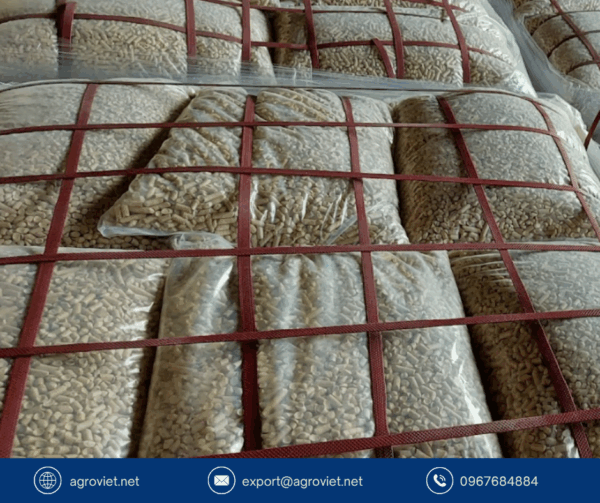
Wood pellets offer lasting economic advantages by reducing disease recurrence and improving livestock performance. Dry bedding minimizes pathogen survival, lowering reinfection rates and supporting immunity. Farms using wood pellets report 8–12% higher milk and growth yields, adding $5,000–$12,000 annually for a 100-animal operation, as per The Bullvine.
Reduced antibiotic use saves $8–$10 per animal annually and aligns with regulations, avoiding penalties. Lower mortality (from 10% to 3–7%) and culling save $500–$2,000 per animal, compounding savings over time, as supported by the University of Maine Cooperative Extension.
Practical Tips for Bedding Management
Spread 3–5 bags (40 lbs each) of wood pellets per 10×10 pen, adding water to expand into a 4–6 inch layer, and top up with 1–2 bags weekly. Daily cleaning removes soiled litter, preventing pathogen buildup, as recommended by the MSD Veterinary Manual. Ventilation providing 6–8 air changes per hour maintains dryness, while storing pellets in a dry area prevents mold. Sourcing from reputable suppliers ensures low-dust, non-toxic pellets, optimizing health benefits and reducing labor costs.
Complementary Prevention Strategies
Beyond bedding, vaccinations (e.g., Startvac for mastitis, $5–$10 per cow) and anticoccidials ($10–$50 per ton of feed) control diseases. Regular health checks, including SCC testing ($50–$200) or fecal tests, detect issues early, saving $100–$500 per animal. Sanitizing equipment and providing balanced nutrition reduce infection risks, while footbaths ($10–$50 per cycle) prevent hoof diseases. These measures, combined with quality bedding, maximize savings and ROI.
Welfare and Regulatory Benefits
Wood pellets enhance livestock welfare by reducing disease-related pain and stress, aligning with ethical farming standards. Lower infection rates decrease antibiotic use, meeting consumer demand for sustainable production and avoiding regulatory penalties. The MSD Veterinary Manual emphasizes that hygienic bedding is critical for disease control, supporting animal health and market competitiveness. Reduced culling saves $500–$2,000 per animal, enhancing farm reputation.
Addressing Cheap Bedding Management Challenges
Wood pellets cost more upfront ($220 per ton) than straw ($50–$100), but their durability reduces replacement frequency, saving $600–$2,600 annually for a 100-animal operation. Daily cleaning and proper storage prevent mold, ensuring hygiene. Reputable suppliers provide high-quality pellets, minimizing dust and toxins. These practices make wood pellets a practical, cost-effective solution for disease prevention.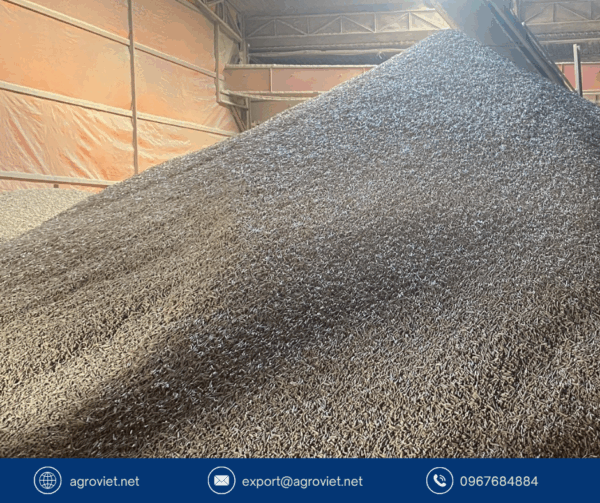
Conclusion
Cheap bedding drives preventable diseases, causing 5–10% livestock mortality and $10,000–$20,000 in annual losses for a 100-animal operation. Kiln-dried wood pellets, at $0.10 per day per animal, reduce disease incidence by 20–30%, saving $5,200–$13,500 per year with an ROI of 450–900%. The chart demonstrates how wood pellets cut bedding costs, veterinary bills, and losses compared to straw, protecting livestock and profits. Supported by the MSD Veterinary Manual and The Bullvine, wood pellets create a dry, hygienic environment, minimizing pathogen growth and enhancing welfare. By investing in quality bedding and complementary strategies, farmers can save livestock and achieve sustainable, profitable operations.
Read more: https://vietnambestwood.com/general/why-mixed-wood-shavings-are-replacing/
